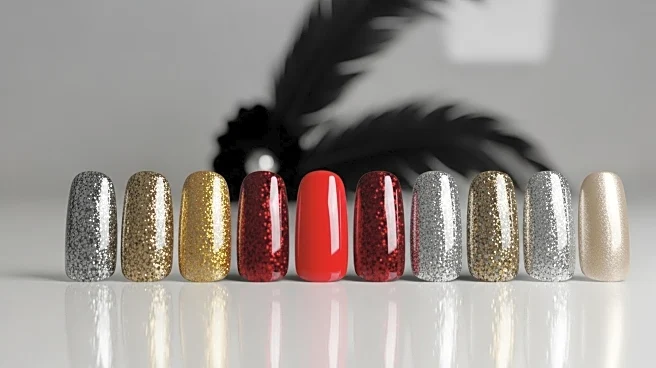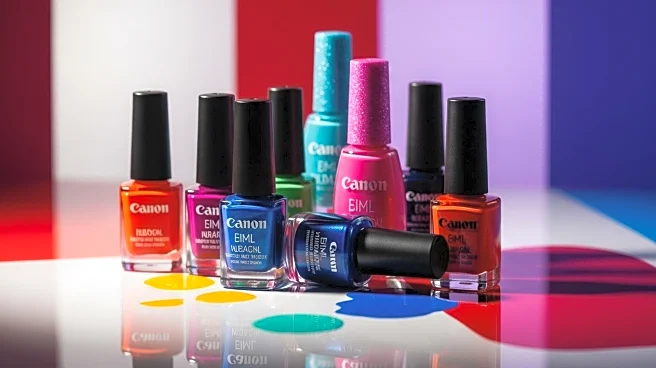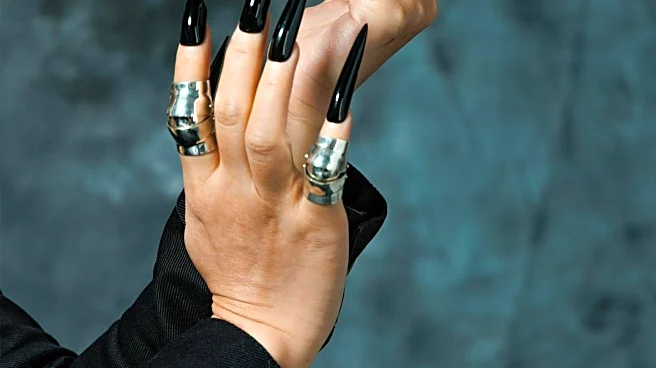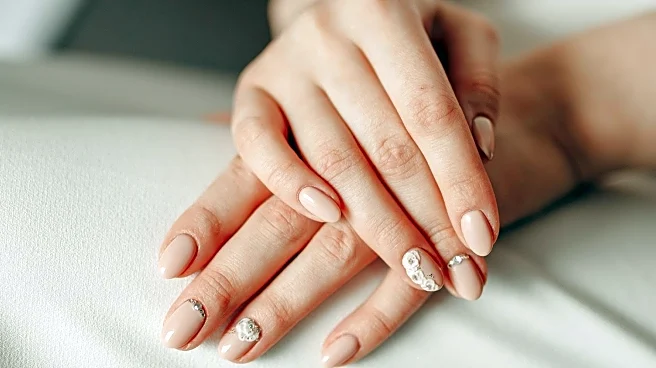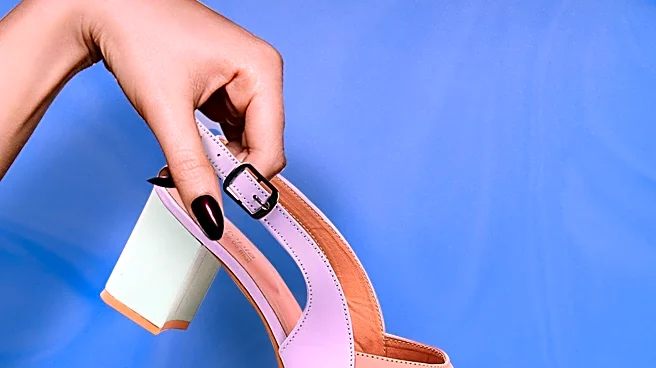What's Happening?
The Tabi nails trend, inspired by the iconic split-toe Tabi shoe design, has sparked debate among fashion enthusiasts. Originating from 15th-century Japan, the Tabi design gained popularity in the fashion world through Maison Margiela's runway shows. Nail artists have now adapted this design into manicures, creating nails with a cloven shape that mimics the Tabi shoe. The trend has polarized opinions, with some embracing the unique aesthetic while others find it unappealing. The Allure staff expressed mixed feelings about the trend, highlighting its divisive nature within the fashion community.
Why It's Important?
The emergence of Tabi nails reflects the influence of fashion trends on beauty practices and the ongoing evolution of nail art. This trend highlights the intersection of cultural heritage and modern fashion, showcasing how traditional designs can inspire contemporary aesthetics. The debate surrounding Tabi nails underscores the subjective nature of fashion and beauty preferences, illustrating how trends can evoke strong reactions and discussions within the industry. As fashion continues to draw inspiration from diverse sources, such trends may encourage innovation and creativity in beauty practices.
Beyond the Headlines
The Tabi nails trend raises questions about cultural appropriation and the commercialization of traditional designs. As fashion and beauty industries increasingly incorporate elements from various cultures, it is essential to consider the ethical implications and respect the origins of these designs. The trend also highlights the role of social media in amplifying niche aesthetics, allowing them to gain mainstream attention and influence consumer choices. This dynamic can lead to greater diversity in fashion and beauty offerings, but also necessitates thoughtful engagement with cultural heritage.


